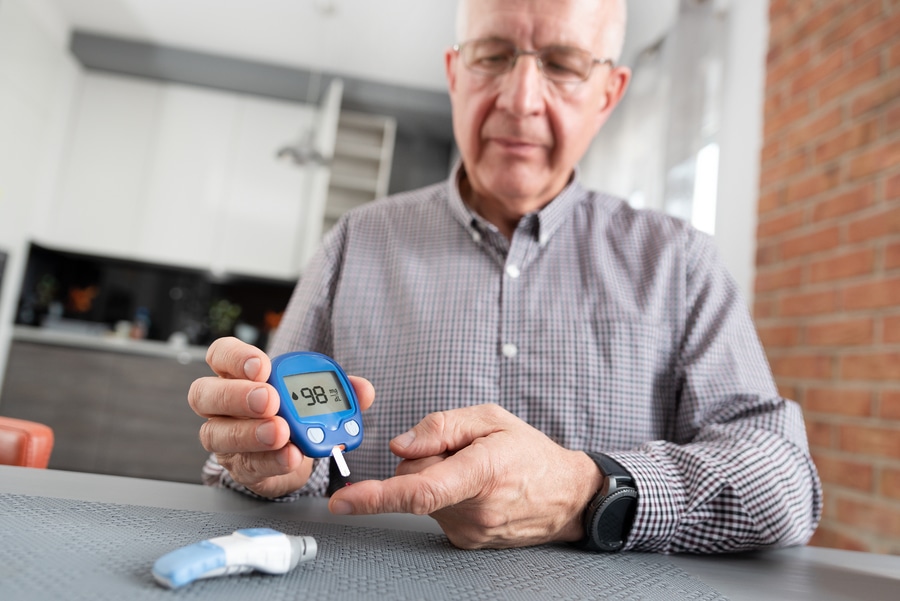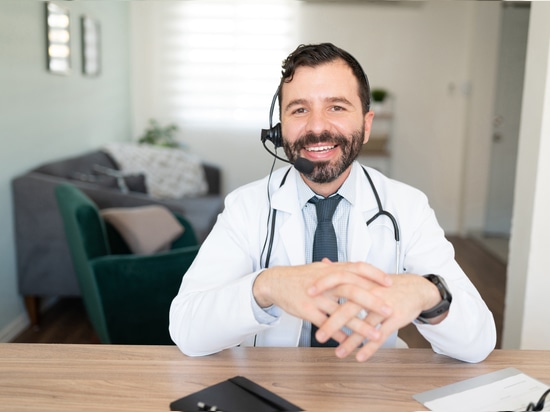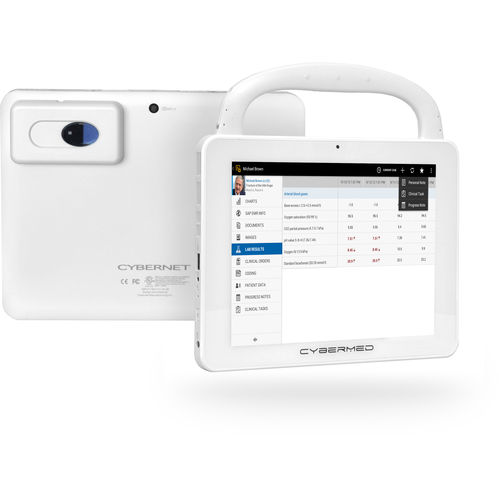
#Industry News
THE IMPORTANCE OF REMOTE PATIENT MONITORING
How technology allows patient care from a distance
What is Remote patient monitoring?
Remote patient monitoring, or RPM, is quite simple: the tracking and monitoring of a patient’s vitals remotely through various devices. Healthcare providers can keep an eye out on their patients’ health outside of clinical settings like hospitals.
Bluetooth-enabled glucometers, blood pressure cuffs, and weight scales are examples of these monitoring devices. The information they transmit can be continuous or scheduled depending on the treatment plan.
Patient monitoring (PM) is sometimes mentioned – and confused – with RPM. While both involve monitoring patients, PM is under controlled conditions like in an in-clinic sleep study. RPM is usually done outside medical establishments like a patient’s home.
RPM falls under the heading of “telehealth” because it involves some use of technology when providing patient care outside the clinic.
Providers and RPM
Before RPM, clinicians had to rely on seeing patients at their clinic to assess their conditions and to develop treatment plans. This has proven to be a barrier to timely and effective diagnosis and management. Chronic issues like diabetes could especially prove difficult to assess and properly treat based on a couple of 15-20 appointments.
RPM changed that. Clinicians can now:
Collect and provide real-world data - Clinicians can see how their patient’s condition changes in real-time. This allows for treatment plans that are timely, meaningful, and realistic to the patient’s condition and lifestyle.
Allow rapid intervention - Can alert medical staff in real-time when a patient’s health conditions worsen.
Serve rural communities - Clinicians can monitor patients living in rural areas and many out-of-the-way locations remotely, and schedule virtual visits via telemedicine for any necessary follow-ups. Patients who are non-mobile like paraplegics or the very elderly especially benefit from this arrangement.
Handle more patients without loss of quality - Medical staff like nurses or physicians' assistants can manage RPM. They only alert the clinician if they notice a concerning trend in the patient's data. This allows the clinician to expand their patient panel while still maintaining a high level of care.
Practice safe distancing - Many chronic patients fell by the wayside as their regular doctors’ offices and even hospitals were slammed with patients who have fallen ill with COVID-19. RPM allowed healthcare providers to monitor patients safely through the pandemic.
Patients and RPM
Providers are not the only ones who benefit from RPM. With it, patients can:
Monitor their own conditions - Patients can see what their condition is (e.g., high blood pressure, low sugar, etc.) and any changes that occur thanks to tracking tools attached to them.
Educational opportunity - Providers and medical staff can use the above real-time information to educate patients about their condition, their care plan, and the responsibility in bettering themselves.
Protection from infectious diseases and HAIs - Patients do not have to visit the hospital or clinic. This allows them to avoid pathogens like hospital-acquired infections (HAI) and novel coronavirus.
Caregiver involvement - Caregivers for patients can assist in implementing the doctor’s plans and monitor its effects through the RPM tools. They can also use the data to answer any questions about the client’s health or if there’s an emergency.
Reduce expenses - There are no high costs from hospital stays and similar medical facilities since RPM is done primarily at the patient’s residence. Patients avoid other costs associated with medical office visits like transportation, parking, any child care, taking time off from work, etc.
Closing Comments
The impact by RPM for both the clinician and patient is profound ranging from the development of custom treatment plans to providing top-notch medical care for those living in hard-to-reach places. RPM is not just a new trend in healthcare – it’s here to stay. The ways of the world are changing and the technology is definitely worth exploring and applying.
Contact an expert at Cybernet if you’re looking to learn more about RPM and setting it up with healthcare IT.








